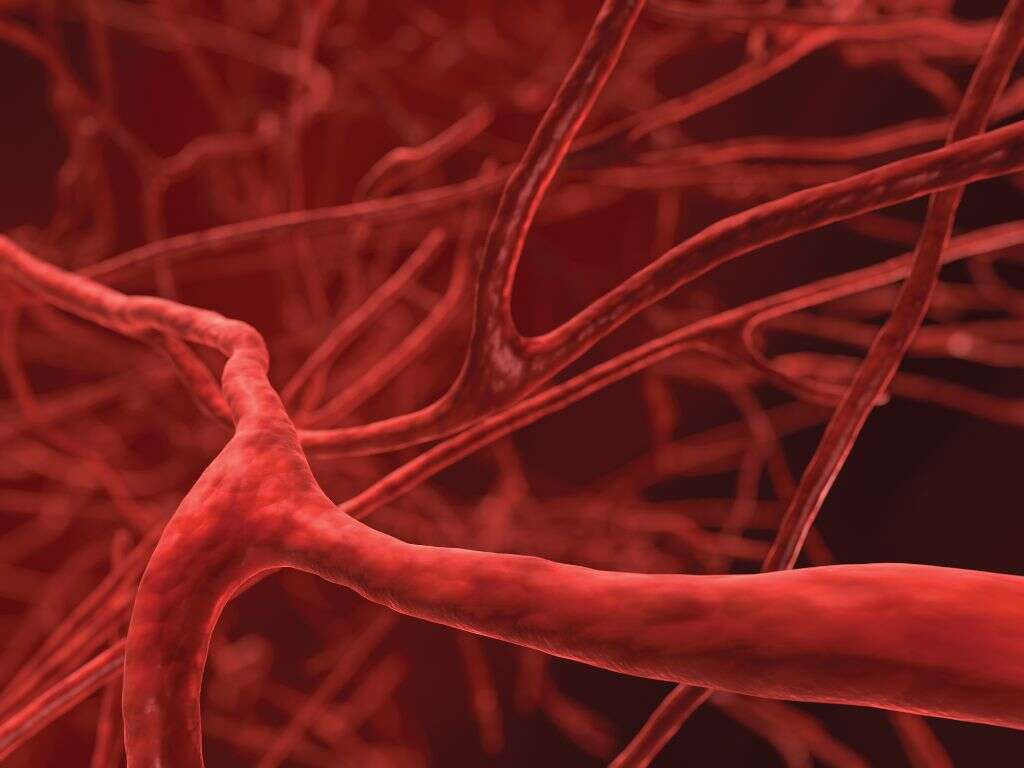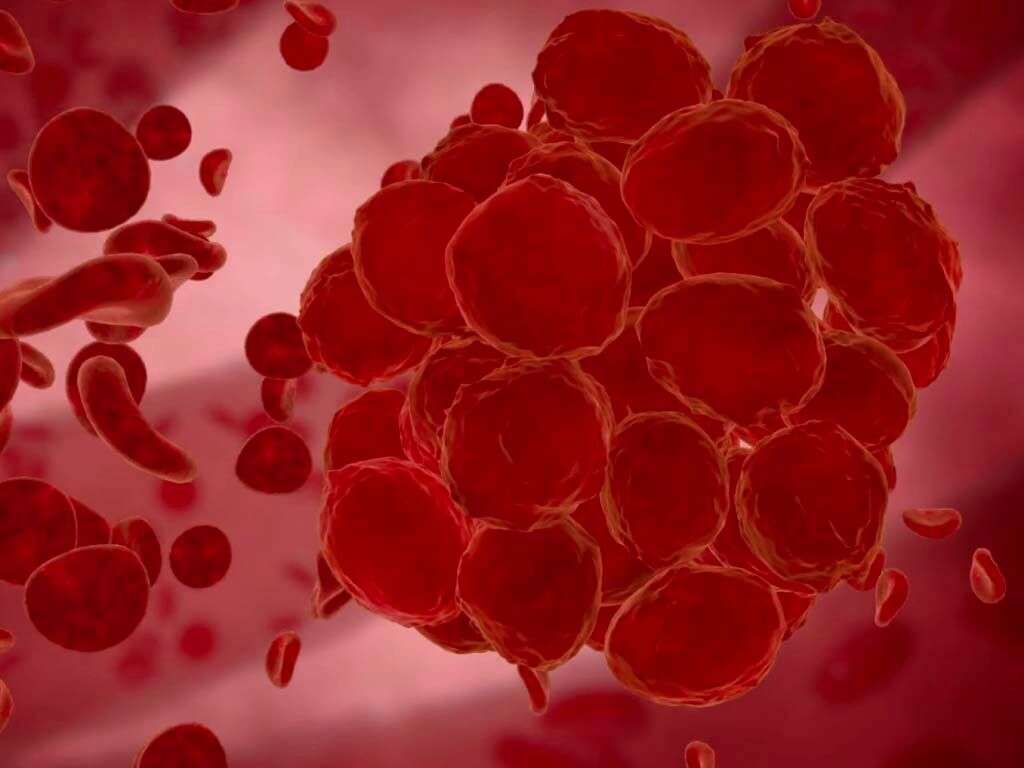What Is Thrombosis?
It is essential that we keep our cardio vascular system in good working order as much as we possibly can. Otherwise, we can experience considerable difficulties in terms of the supply of oxygen and nutrients around the body. This can lead to poor health and, in severe cases, it can even be fatal.
This includes ensuring that our blood vessels are kept clear of blockages so that blood is able to flow freely. Problems can sometimes arise, however, and one example of this is thrombosis. It is a potentially very dangerous condition, but it can still be treated when it has been diagnosed.
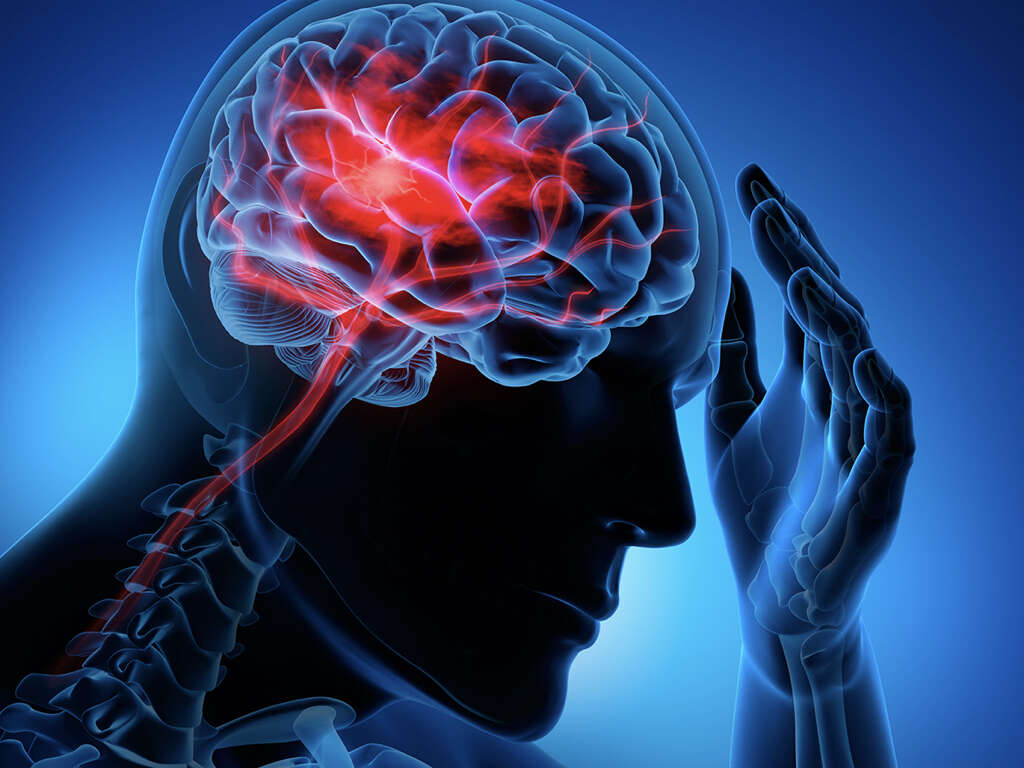
1. Platelets
There are a number of different types of cells flowing through our circulation, all of which perform some very important roles. One of these is platelets and they are very important when we injure ourselves. When we are injured, a message is sent out and these platelets will begin to stick together to each other, with the help of fibrin.
This forms a plug, and this plug prevents blood from flowing freely out of any wounds, potentially saving our lives. Sometimes, however, our blood can clot inside our blood vessels when there is no such injury, and this can block the flow of blood through the vessel to the rest of the body.
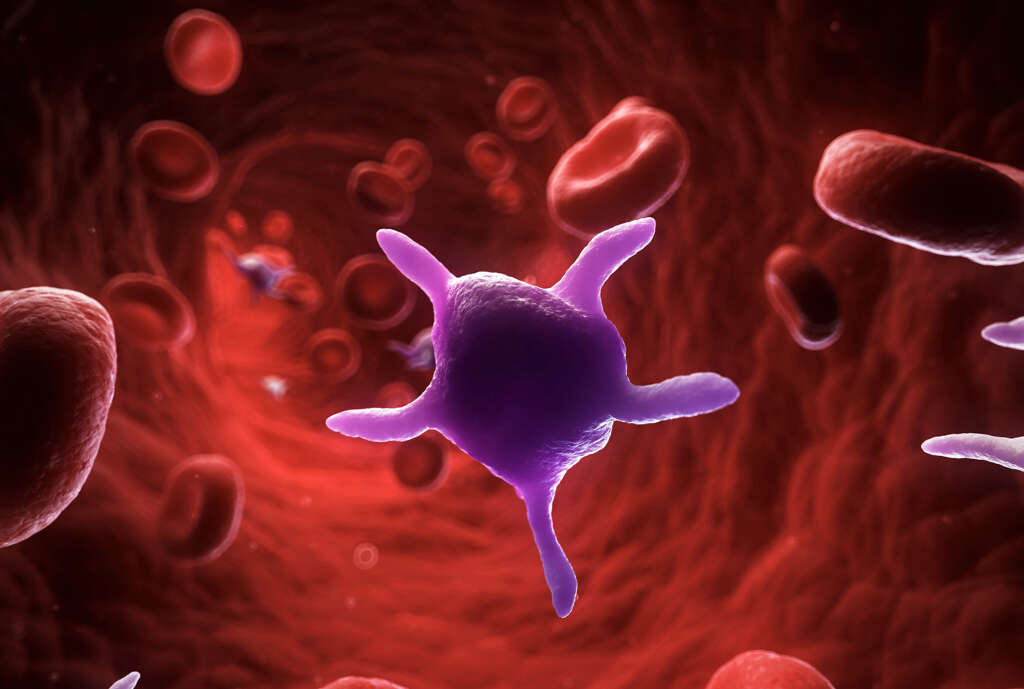
2. Thrombosis
Thrombosis is the medical term given for when a blood clot forms in a blood vessel. As mentioned, this can impede the flow of blood, potentially leaving other parts of the body without the oxygen rich blood they need. This can, in turn, result in some other very serious problems for the patient.
Without sufficient oxygen, organs would struggle to operate and tissues can begin to die. In many cases, however, the degree to which the blood flow is impeded and the patient may show no symptoms. The condition can get a lot worse as the clot continues to grow, however.
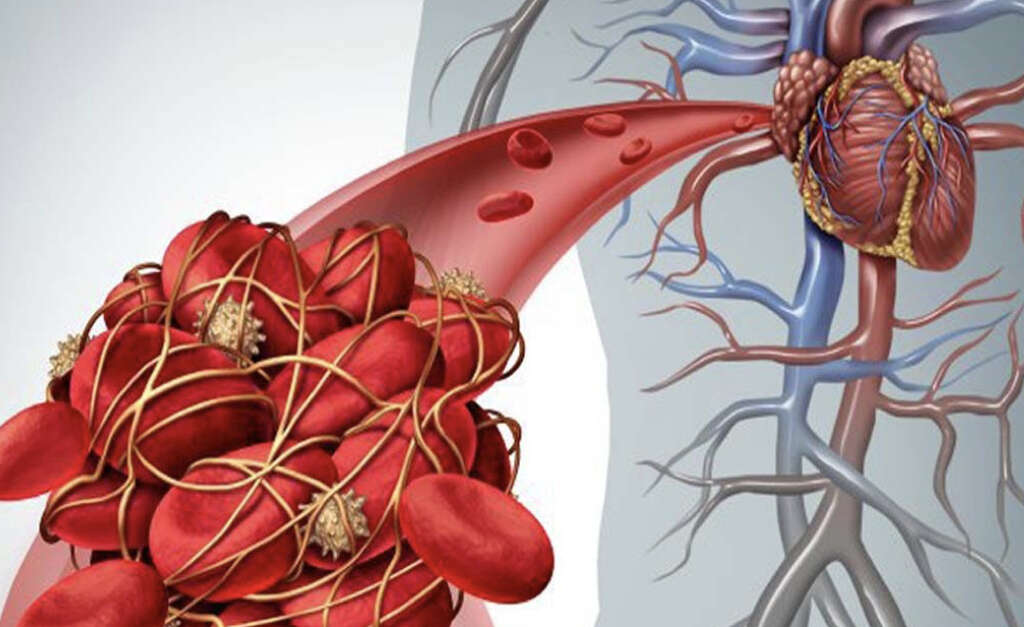
3. Lifestyle Causes
The most common cause of thrombosis is that the patient has not taken care of themselves properly. People that eat poor diets are more likely to become obese, which is a risk factor for blood clots.
It is also important to get a reasonable amount of exercise to help prevent thrombosis. Not only does this help prevent obesity, but it also helps to maintain a strong circulation of blood around the body. A strong circulation can help to physically prevent clots from being able to form.

4. Medical Causes
While lifestyle decisions are often the cause of thrombosis, there are also circumstances over which some patients have little to no control over. For example, some types of medication are likely to encourage clots even in people that have an otherwise very healthy cardiovascular system. Some contraceptive pills can also cause a problem in a small number of cases.
Pregnant women should go in for check-ups regularly, one reason being that pregnancy can encourage thrombosis. Cancer may also be a cause in some cases, and extensive surgery producers can also lead to thrombosis. If you are in a high-risk group, then regular medical check-ups are advised.

5. No Symptoms
As mentioned, the patient might be showing no symptoms if the clot is not impeding the flow of blood significantly. Even when symptoms do occur, they might be quite mild in nature and possibly passed off as being something less serious. Sometimes the symptoms might not even be noticed at all.
This actually makes thrombosis more dangerous because a lot of people can have a potentially serious problem and not be aware of it. Thus, it is a good idea to keep in good shape and get regular check-ups. You should be especially careful if you fall into a category of people that are at greater risk.
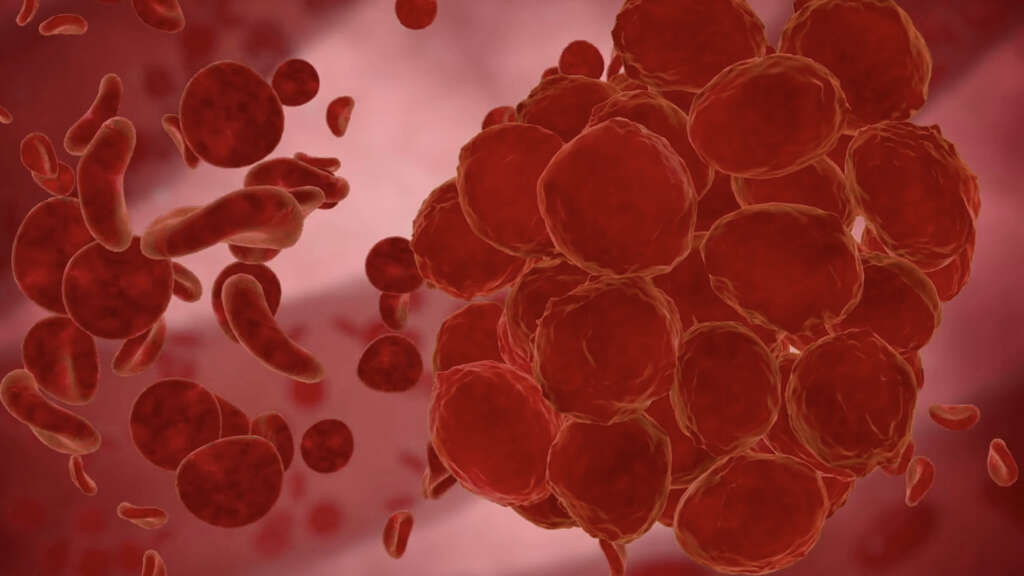
6. Symptoms
When symptoms do occur, they are going to occur in the location where the clot is. A clot in the leg, for example, is going to cause sometimes considerable pain in the affected leg. The area can also become swollen and red and also feel warm to the touch. Some patients will also experience what is often described as a heavy aching sensation in the area.
If you do experience these symptoms then you should speak with a doctor. Doing so could help prevent some very serious problems from occurring in the future, while check-ups can also help other unrelated problems to be recognized.

7. Deep Vein Thrombosis
One of the most common types of thrombosis is deep vein thrombosis. These are blood clots that occur in veins and it is usually the legs that are affected. It will usually only take place in one leg, although both can be affected in a small number of cases.
Deep vein thrombosis can be very uncomfortable and also quite unsightly. The condition is often treated with help from medication that can thin the blood and break up the clot. There is a chance that the clot can break away from where it formed and cause what is known as a pulmonary embolism.
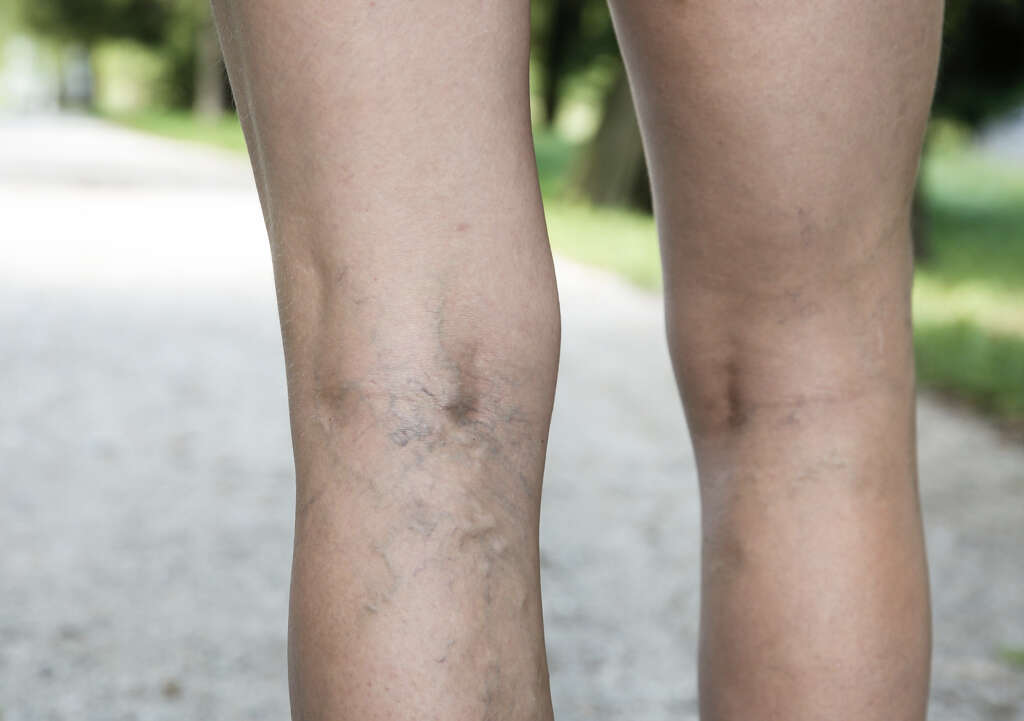
8. Pulmonary Embolism
Blood clots can restrict the flow of blood where they form, but they can also cause some other very serious problems. A blood clot can sometimes become dislodged and flow through the cardio-vascular system until they reach a vein that they become blocked. This can result in some very serious conditions indeed.
A pulmonary embolism is where a clot from elsewhere has traveled to the pulmonary artery, causing a blockage. This can mean that blood is unable to flow to the lungs from the heart, and the body will be lacking oxygen as a result. It is a condition that can be fatal, so the patient will need emergency medical assistance. A cardiac embolism is a condition where a clot has moved to blood the flow of blood away from the heart.
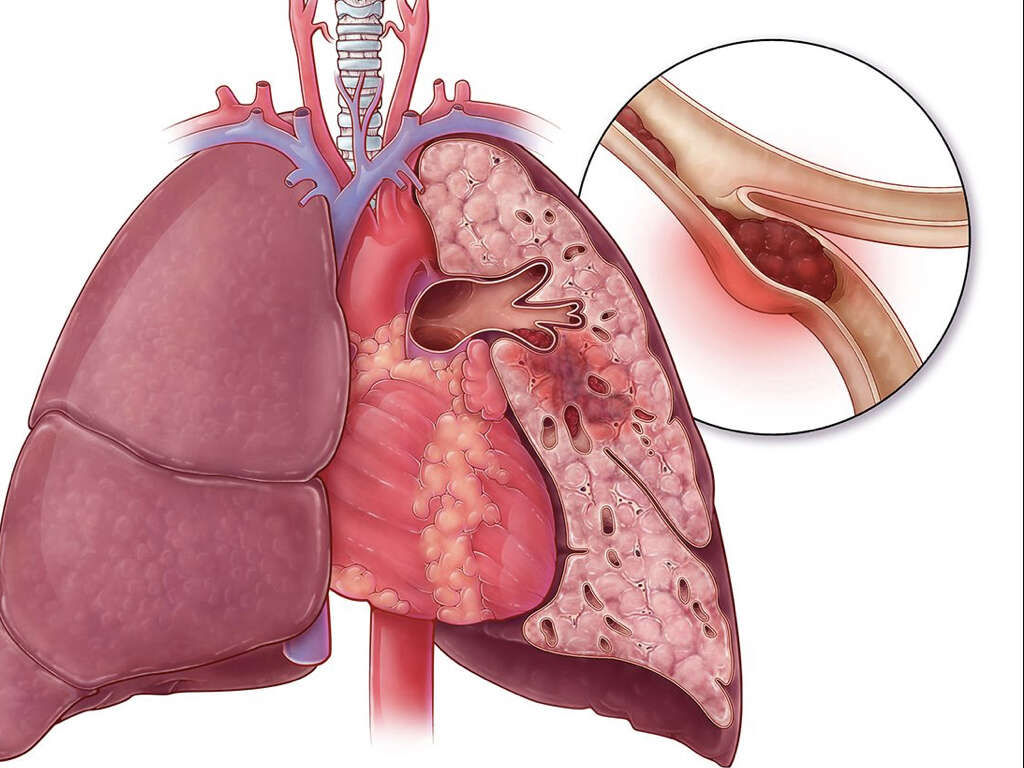
9. Stroke
A lack of oxygen to the brain can stop the brain from working properly and can even cause permanent damage. Thus, it is very important that the blood vessels going to the brain are kept as clear as possible as a blockage could cause a serious problem that is known as a stroke.
The symptoms of a stroke are not always easy to spot. Even strokes with mild symptoms initially however can be fatal, so it pays to know what signs to look out for. Signs of a stroke include the patient not being able to think clearly, having difficulty talking, and having one side of their face and body drooping.

10. Treatments
Treatment for thrombosis tends to involve the use of drugs that help to dissolve the clot. The patient should be monitored though because they might lose their clotting ability altogether, and this can be very dangerous for them. If the patient’s life is thought to be in direct danger then emergency surgery may be recommended.
It is best to remember that the best way to treat thrombosis is to prevent it from happening in the first place. While this does not apply to everybody, for many this means generally looking after yourself by eating well and exercising regularly. People that have been diagnosed with thrombosis already should also do what they can to take care of themselves.




